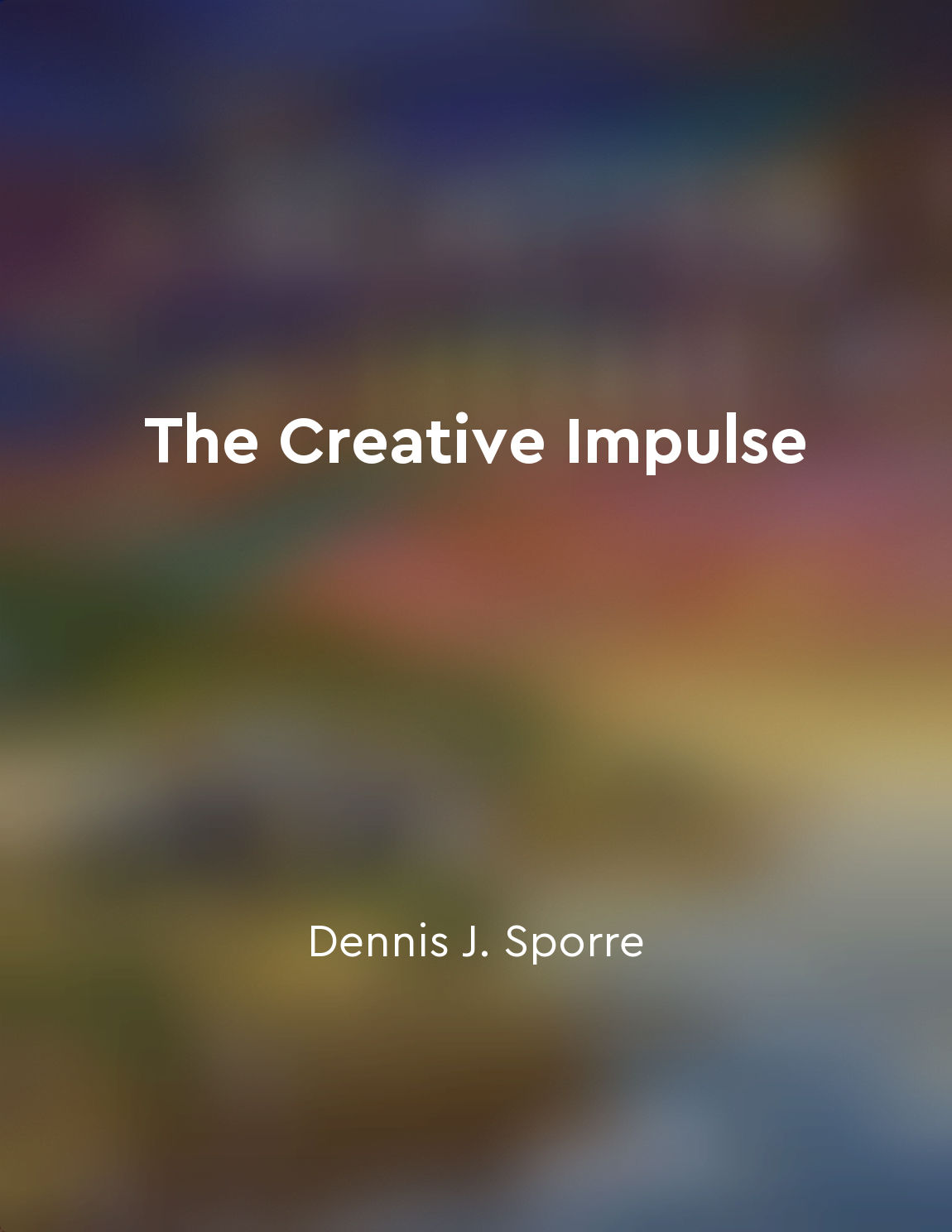Find ways to create depth in your photographs from "summary" of Learning to See Creatively by Bryan Peterson
To create depth in your photographs, you must understand that depth is a three-dimensional element that can be suggested in a two-dimensional medium such as photography. One way to achieve this is by using a wide-angle lens and getting close to your subject, which will allow you to create a sense of scale and dimension in your images. By incorporating elements in the foreground, middle ground, and background of your composition, you can create a sense of depth that draws the viewer into the scene. Another technique to create depth in your photographs is to pay attention to the use of leading lines. Leading lines are elements within a composition that guide the viewer's eye through the image, creating a sense of depth and perspective. By incorporating diagonal lines, curves, or converging lines in your composition, you can create a sense of movement and depth that adds interest to your photographs. Lighting is also a crucial elemen...Similar Posts

The creative impulse is a powerful force that can drive social change
The creative impulse, a force intrinsic to human nature, possesses the capacity to instigate transformation on a societal scale...
Aesthetic pleasure is a form of intellectual enjoyment
Aesthetic pleasure, although closely linked with sensory experience, is not purely a physical sensation. It involves a mental c...
Logical sequencing guides the reader through the text
Logical sequencing plays a crucial role in guiding the reader through a text. It involves organizing information in a clear and...
Embrace the process, not just the end result
The creative process is a mysterious thing. It's like diving into the unknown, not knowing what treasures you might find beneat...
Prioritize the wellbeing and mental health of your team members
The most important thing when leading a team is to remember that the people you work with are not just cogs in a machine, but i...
Experiment with different mediums and techniques
Experimenting with different mediums and techniques is a fundamental aspect of the creative process. It is through this process...
Keep a journal
One of the most valuable tools a writer can possess is a journal. It may seem like a simple concept, yet the act of keeping a j...
The quality of art lies in its intrinsic value
The value of art, according to Greenberg, does not lie in its external factors such as market price or popularity. Instead, the...
Artistic experiences can improve memory
Artistic experiences have a unique way of engaging our brains, activating multiple regions and forming connections that can enh...
Use hierarchy to guide the viewer's eye
Hierarchy is an essential design concept that helps to lead the viewer's eye through a piece of work. It involves organizing el...
